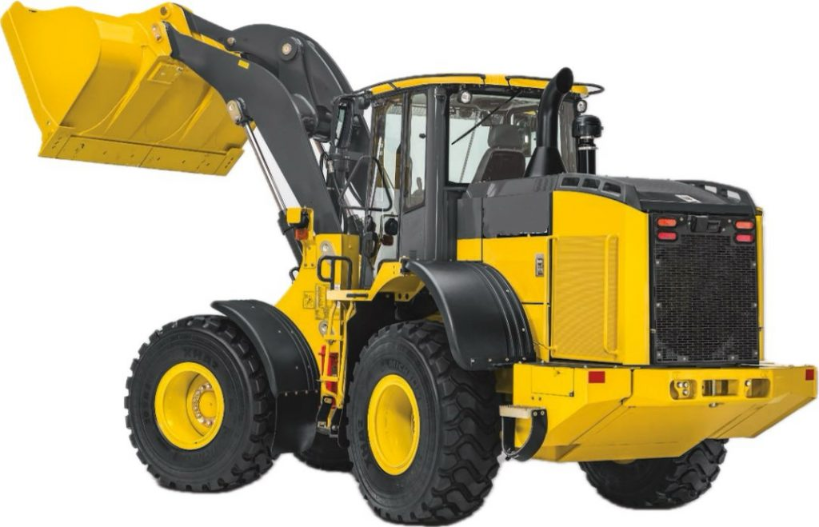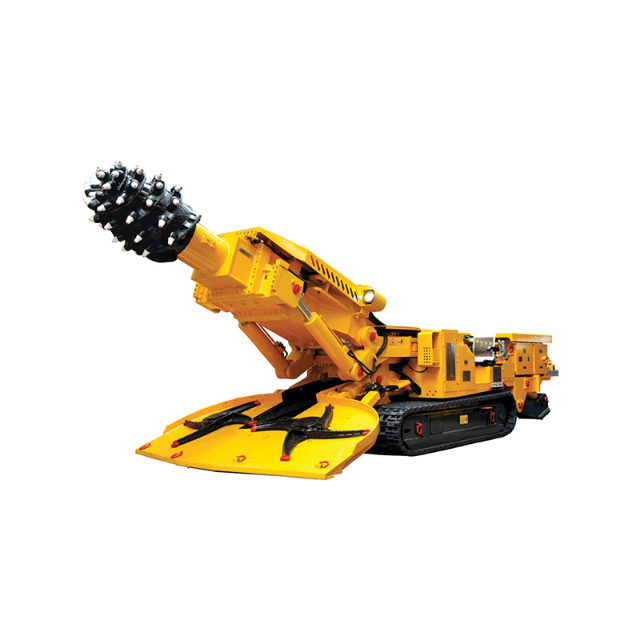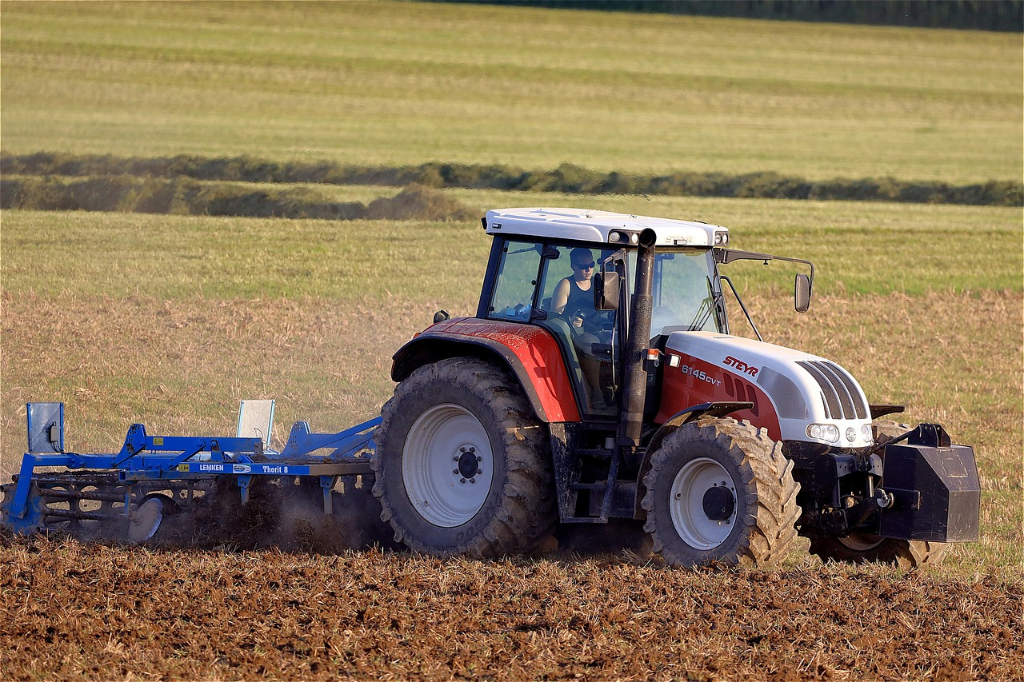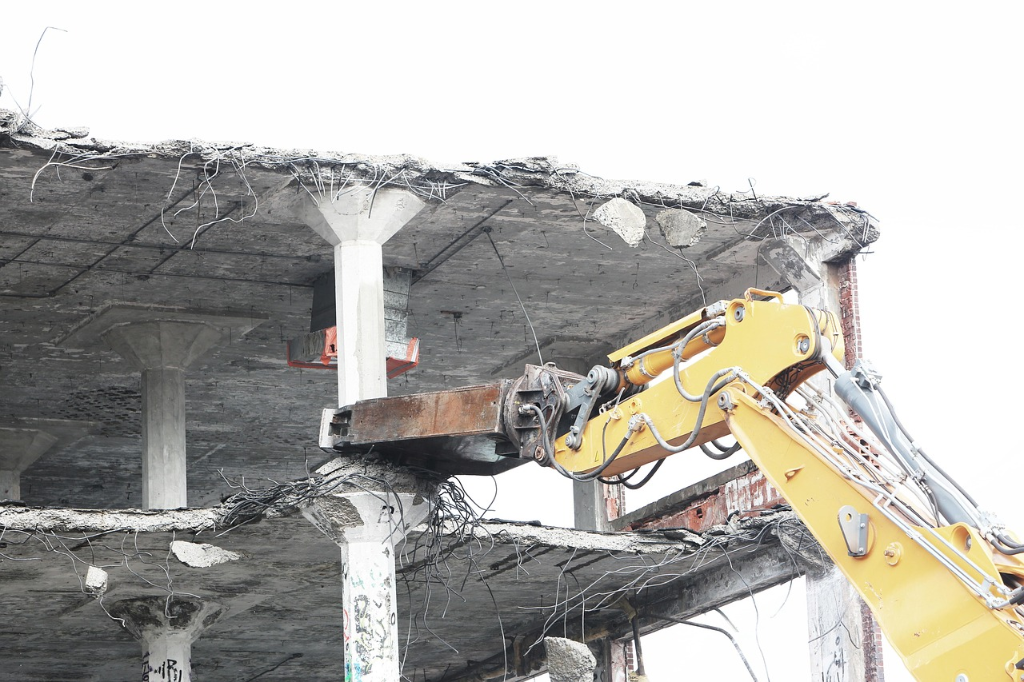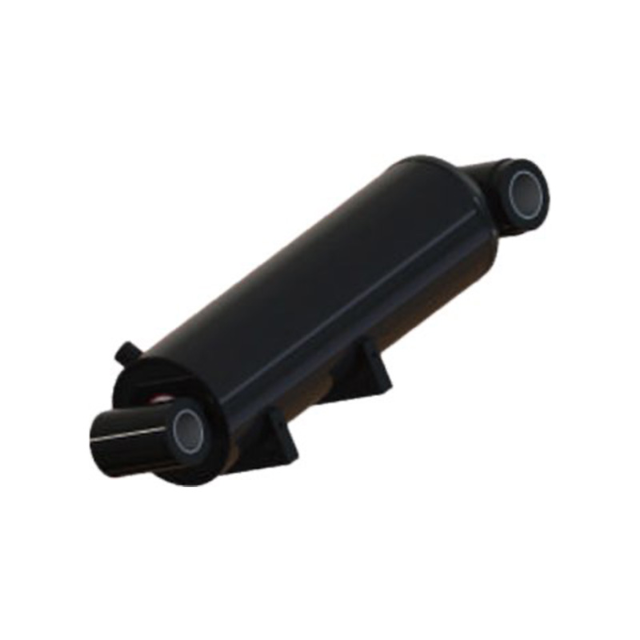
Scissor lifts get used a lot in car fix jobs and factory work. They let people lift things up in a safe way in tight spots. The hydraulic cylinder acts as the main part. It helps the platform go up and down without jerks. When this part breaks, the whole setup turns not safe. And it does not work well. Breaks happen a lot if cylinders do not get taken care of right. Or if they come from bad stuff. Or if folks use them more than what they can handle.
Before we go further, it helps to point out a good helper in this area. Shining Hydraulic makes strong and made to order cylinders as their job. From their about us page, they have many years in making hydraulic items for fields like car care, building, and moving goods. They focus on hard checks, better seal ways, and tough stuff to cut down early breaks. Their help is not just giving parts. It also gives fit solutions, quick sending, and sure back up after sale. If you run into troubles with scissor lift cylinders, their contact page lets you get fast expert tips. This type of team up makes you feel sure that your tools will run in a safe way and work right.
Now, let’s check out why hydraulic cylinders for scissor lifts break so much. And what hints to look for. And how to stop lost time.
What Role Does the Hydraulic Cylinder Play in a Scissor Lift?
The hydraulic cylinder gives the push for the up move in a scissor lift. Oil under push goes into the cylinder. This makes force that shoves the piston rod. And it stretches the scissor arms. Since hydraulic fluid can’t get squished, this step gives even lifting and dropping.
Why Is Cylinder Quality So Important?
Cylinders in scissor lifts face big weights and lots of repeats. A bad made cylinder can soon cause leaks. Or uneven lifts. Or even quick falls. Makers use cold drawn tubes for barrel power. And hard steel rods to fight bending or rust. Some, like the hydraulic cylinder for scissor lift, also use electroplating with salt spray resistance to boost lasting power. This sort of setup stops early rub off. And it lowers dangers in car fix places or build spots.
What Are the Most Common Early Signs of Cylinder Failure?
Breaks hardly ever hit all at once. Cylinders often send alert signs before they quit fully. Watching these clues can save cash. And it can cut wait time.
Does the Cylinder Make Unusual Noises?
One early warning is thumping or loud bangs. This often occurs when air slips into the hydraulic setup. It leads to cavitation. Air pockets burst under push. And they make shock waves that sound like noise. Besides the sound, cavitation harms the cylinder face as time goes on.
Is the Cylinder Moving Roughly?
Even motion marks a good cylinder. If you spot jumpy or shaking moves, it might mean old seals. Or not enough oil for slip. Or wrong lineup. In car fix shops, workers often say this as the lift “shakes” while it runs.
Is the Cylinder Overheating?
A cylinder running past its heat limit, like over +80℃, may get too hot. This happens a lot from too much rub. Or low oil amounts in hydraulic. Or a blocked filter. Too much heat cuts short the life of seals. And it makes metal less strong.
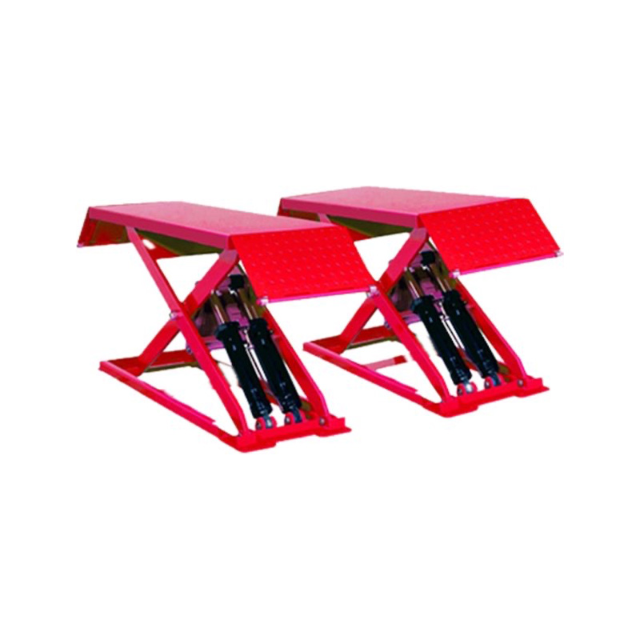
Is the Lifting Speed Slower Than Before?
Slower moves show a clear sign of leaks. Outside leaks leave clear oil marks near tubes. Inside leaks drop cylinder work but hide better. In any case, the cylinder must push harder. And it uses more energy.
Is the Power Consumption Increasing?
If your scissor lift takes more power than normal, the cylinder could lose its good work. Leaks, extra rub, or lost push all make the pump go longer. This raises energy bills. And it adds more wear.
What Causes These Failures in Hydraulic Cylinders?
Many tech reasons sit behind breaks. And they link up often.
Air and Cavitation Problems
Air in the setup or cavitation hurts inside faces. It causes early rub off and sound.
Contaminated Hydraulic Oil
Dust, bits, or water in the oil mess up easy flow. This brings shaky motion. Blocked valves. And not even lifts.
Worn or Damaged Seals
Seals get less bendy with time or heat hits. Hurt seals lead to inside leaks. And wild push.
Improper Component Sizing
Using too small cylinders or rods not hard enough brings bending. And wrong lineup.
Poor Maintenance Practices
Not swapping oil, checking seals, or looking at lineup on time ups the odds of stops. Normal checks can block high cost waits.
How Can You Reduce the Risk of Cylinder Failure?
Lucky for us, most breaks can get stopped with right ways and picks.
Choose Quality Materials and Structure
Pick cylinders with firm cold drawn barrels, hard rods, and rust fight seals. Items checked for burst pressure over 70 MPa stay safer for hard jobs.
Stick to the Recommended Temperature Range
Hydraulic cylinders for scissor lifts get made to run between -20℃ and +80℃ most times. Going past this span makes oil fall apart. And seals break.
Regular Inspections and Oil Replacement
Look for leaks. Test up speed. And listen for sounds. Swap hydraulic oil at set times. And sift out bad stuff before it hurts the setup.
Work With Reliable Manufacturers
Teaming with skilled sellers gives you better plans. Fit choices. And hard checks. For instance, cylinders that go through salt spray testing and many anti loose checks break less. If you think of a swap, the scissor lift hydraulic cylinder gets made to hit these marks.
FAQ
Q1: What is the average lifespan of a scissor lift hydraulic cylinder?
A: With proper maintenance, high quality cylinders can last 5–10 years, depending on usage intensity and environment.
Q2: Can overheating damage a hydraulic cylinder permanently?
A: Yes. Continuous overheating weakens seals and metal strength, leading to premature failure and higher repair costs.
Q3: How often should hydraulic oil be replaced in scissor lifts?
A: It depends on operating hours, but typically every 1,000–2,000 hours of use. Dirty or contaminated oil should be replaced immediately.
Q4: Is cylinder chatter always a sign of failure?
A: Not always, but chatter indicates issues like trapped air, contaminated oil, or misalignment. If ignored, it leads to long term damage.
Q5: What should you look for when buying a new hydraulic cylinder for scissor lifts?
A: Focus on materials, sealing quality, burst pressure testing, customization options, and the supplier’s service track record.

